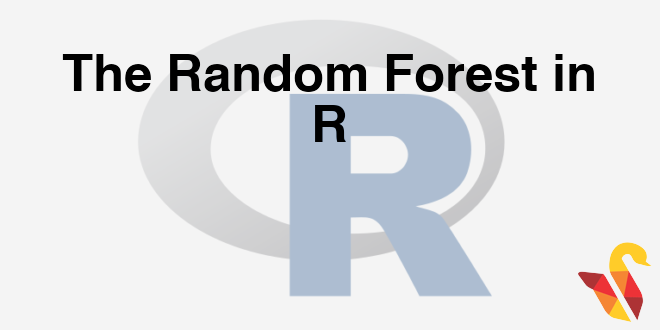
Random Forest
In previous section, we studied about The Bagging Algorithm
- Like many trees form a forest, many decision tree model together form a Random Forest model
- Random forest is a specific case of bagging methodology. Bagging on decision trees is random forest
- In random forest we induce two types of randomness
- Firstly, we take the boot strap samples of the population and build decision trees on each of the sample.
- While building the individual trees on boot strap samples, we take a subset of the features randomly
- Random forests are very stable they are as good as SVMs and sometimes better
Random Forest Algorithm
- The training dataset D with t number of features
- Draw k boot strap sample sets from dataset D
- For each boot strap sample i
- Build a decision tree model \(M_i\) using only p number of features (where p<<t)
- Each tree has maximal strength they are fully grown and not pruned.
- We will have total of k decision treed \(M_1 , M_2 ,… M_k\); Each of these trees are built on reactively different training data and different set of features
- Vote over for the final classifier output and take the average for regression output
The Random Factors in Random Forest
- We need to note the most important aspect of random forest, i.e inducing randomness into the bagging of trees. There are two major sources of randomness
- Randomness in data: Boot strapping, this will make sure that any two samples data is somewhat different
- Randomness in features: While building the decision trees on boot strapped samples we consider only a random subset of features.
- Why to induce the randomness?
- The major trick of ensemble models is the independence of models.
- If we take the same data and build same model for 100 times, we will not see any improvement
- To make all our decision trees independent, we take independent samples set and independent features set
- As a rule of thumb we can consider square root of the number of features, if ‘t’ is very large else p=t/3
Why Random Forest Works
- For a training data with 20 features we are building 100 decision trees with 5 features each, instated of single great decision. The individual trees may be weak classifiers.
- Its like building weak classifiers on subsets of data. The grouping of large sets of random trees generally produces accurate models.
- In this example we have three simple classifiers.
- m1 classifies anything above the line as +1 and below as -1, m2 classifies all the points above the line as -1 and below as +1 and m3 classifies everything on the left as -1 and right as +1
- Each of these models have fair amount of misclassification error.
- All these three weak models together make a strong model.
The next post is a Practice Session on The Random Forest.



